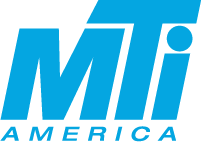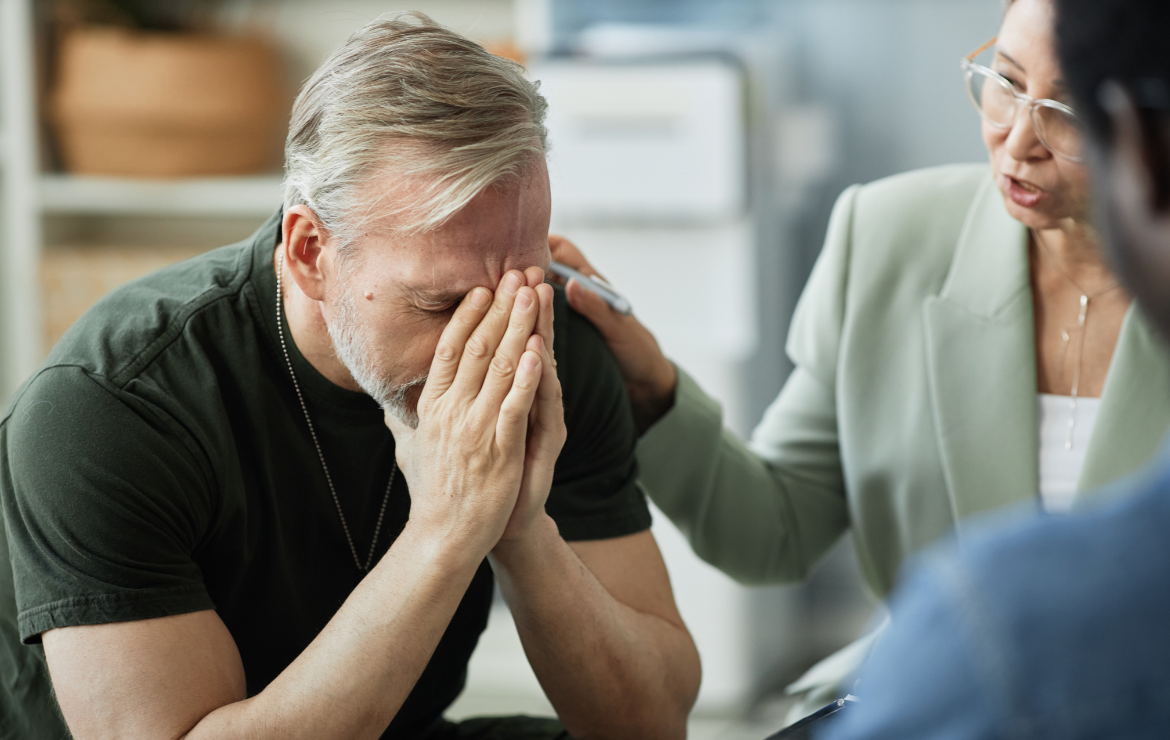A Comprehensive Guide to Post Concussion Treatments and Therapies

A workplace accident is never expected, but its aftermath can be devastating. One such aftermath is a concussion, which can leave an injured employee with physical pain and emotional trauma. Most people recover fully within 14 – 21 days of their head injury. Post-concussion syndrome (PCS) can cause symptoms to linger for longer, such as a few months or even a year. Treatments and therapies can help the injury’s healing process and smooth the road to recovery.
What is Post-Concussion Syndrome (PCS)
Post-concussion syndrome (PCS) is a condition that can occur in some individuals after they have sustained a concussion. Symptoms vary from person to person but commonly include headaches, dizziness, irritability, and sensitivity to light and noise. Some people may also experience difficulty sleeping or concentrating. The cause of PCS is not yet entirely understood, and it can be frustrating for individuals who experience it as it can disrupt daily life and potentially hinder productivity.
Severe Head Injury Can Cause Trauma to Different Parts of Your Brain. 
- Frontal Lobes: Manage social and cognitive behaviors, attention, memory, and speech muscle movement. Injuries from sudden motion, like car accidents, can impair these functions.
- Temporal Lobes: Handle comprehension, speech, verbal and visual memory. Damage can lead to communication and memory difficulties, often caused by incidents such as car crashes.
- Parietal Lobes: Control senses, body positioning, movement, and math abilities. Injuries can impact senses and spatial awareness.
- Occipital Lobes: Responsible for vision, visual recognition, and attention. Damage can result in vision problems like blind spots or distortion.
- Brain Stem: Manages basic functions like breathing, heart rate, and blood pressure. Dysfunction can cause various deficits; severe damage may lead to brain stem death.
- Cerebellum: Coordinates movement, balance, and reflexes. Injuries can affect balance, coordination and cause tremors and weak muscles.
With proper management and treatment, those who experience post-concussion syndrome can still fully recover.
Treatments
Rest is key for recovery after a concussion and dealing with post-concussion syndrome. However, simply resting may not be enough once the syndrome develops. Fortunately, there are various therapies that can help alleviate the symptoms.
Physical Therapy – Physical therapy is a medically supervised treatment that can help an injured employee in their rehabilitation process. Physical therapy can help build endurance, strength, coordination, mobility, and reduce pain. The therapy may consist of exercises, massage, and the use of various medical devices. Physical therapy also aids in reducing inflammation and improving blood flow, helping in the quicker healing of damaged nerves.
Cognitive Behavioral Therapy – Cognitive behavioral therapy is a type of psychotherapy that aims to help an injured employee cope better with psychological problems caused by a concussion. These can include depression, anxiety, behavioral changes, mood swings, anger, and sleep disturbances. By working with a trained counselor, the injured employee can learn techniques to reduce stress and develop coping strategies to better manage the symptoms of a concussion.
Vestibular Therapy – Vestibular therapy is a specialized treatment for post-concussion injuries that target the balance and coordination systems. This therapy uses exercises and other techniques to improve vestibular function, which helps to improve balance and prevent dizziness and disorientation. Vestibular therapy aims to improve the injured employee’s quality of life by reducing symptoms such as vertigo, dizziness, and unsteadiness.
Technological Interventions – Innovative technologies like virtual reality (VR) therapy and mobile apps offer targeted interventions, including exposure therapy and cognitive training exercises, to aid in symptom management and cognitive improvement.
Most post-concussion treatments and therapies focus on reducing symptoms and accelerating the healing process. By seeking medical attention and appropriate treatment, injured employees can minimize their pain, improve their quality of life, and reduce psychological symptoms. If you are a workers’ compensation claims professional looking to provide the best care for an injured employee with a concussion. In that case, it’s important to consider all the effective treatments and therapies available. By doing so, you can help your clients return to their daily routine as quickly and efficiently as possible.
Source: Mental Health Center of America – https://mentalhealthcenter.com/post-concussion-syndrome-treatment-symptoms/











